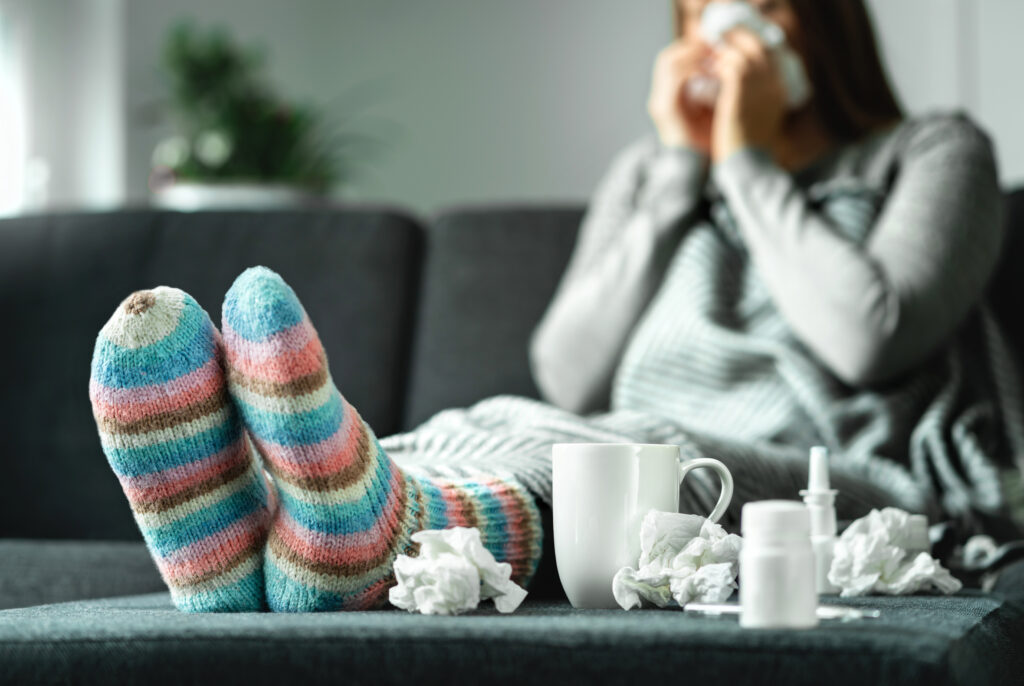You’ve probably heard of yoga and Pilates, but you might not have tried them before. Maybe you thought you couldn’t quite bend into crazy yoga shapes, or that your core wasn’t strong enough for a Pilates class. But neither yoga nor Pilates are too difficult to get into as a beginner. Plus, for students, they offer a bunch of physical and mental benefits. Here’s a brief introduction to yoga and Pilates and how they can help balance your study routine.
What is yoga?
Yoga is a practice that focuses on physical and mental wellbeing. It originated in India thousands of years ago. Yoga involves moving into a series of poses and postures to help you concentrate on breathing, flexibility, and mindfulness. There are many different types of yoga, with varying levels of intensity and movement. The most common are hatha, bikram, and ashtanga. Hatha is the mildest form of yoga, making it a good one for beginners. Ashtanga is more energetic and focuses on continuous movement. Bikram is pretty intense as it involves sequences of poses in a sauna-like (40 degrees plus) atmosphere.
What is Pilates?
Pilates is an exercise that focuses on flexibility and strength. It was created in the 1920s by Joseph Pilates and has become more and more popular since. There are two different types of Pilates: mat-based and equipment-based, which is sometimes called ‘reformer Pilates’. Mat-based Pilates is performed entirely on a mat and uses your body weight to strengthen your muscles, particularly your core. Reformer Pilates uses a piece of equipment called a ‘reformer’, which uses a sliding platform and springs to supply resistance to your muscles. Sometimes, equipment-based Pilates can also include small weights.
Health benefits
Yoga and Pilates each offer physical benefits such as muscle strength and flexibility, but they can also improve your mental health. That means they’re great practices that can help balance your studies. Both exercises focus heavily on mindful breathing, which can be a great stress reliever. The meditation aspect can also help relax you and ground you in the moment, helping to manage stress and clear the mind. Plus, exercise releases endorphins and other chemicals that give you a happy feeling and can lessen the effects of anxiety and depression. Yoga is also shown to help those with sleep disorders and ADHD. So, if you’re feeling overwhelmed with your study schedule, it might be worth trying a yoga or Pilates class.
Where to practise yoga and Pilates
There are many different places to try yoga and Pilates wherever you’re studying. Every capital city offers a wide variety of professional yoga and Pilates studios. You can also find individual classes run by community centres, parks, gyms, and other fitness centres. If you haven’t practised yoga or Pilates before, or if it’s been a while since you’ve exercised, try a beginner’s class. It’ll help you get into the swing of yoga or Pilates and start you off at a nice, easy pace. You can also do yoga or Pilates at home. There are many DVDs created specifically for practising yoga or Pilates at home, but you can also find free video tutorials on YouTube.





